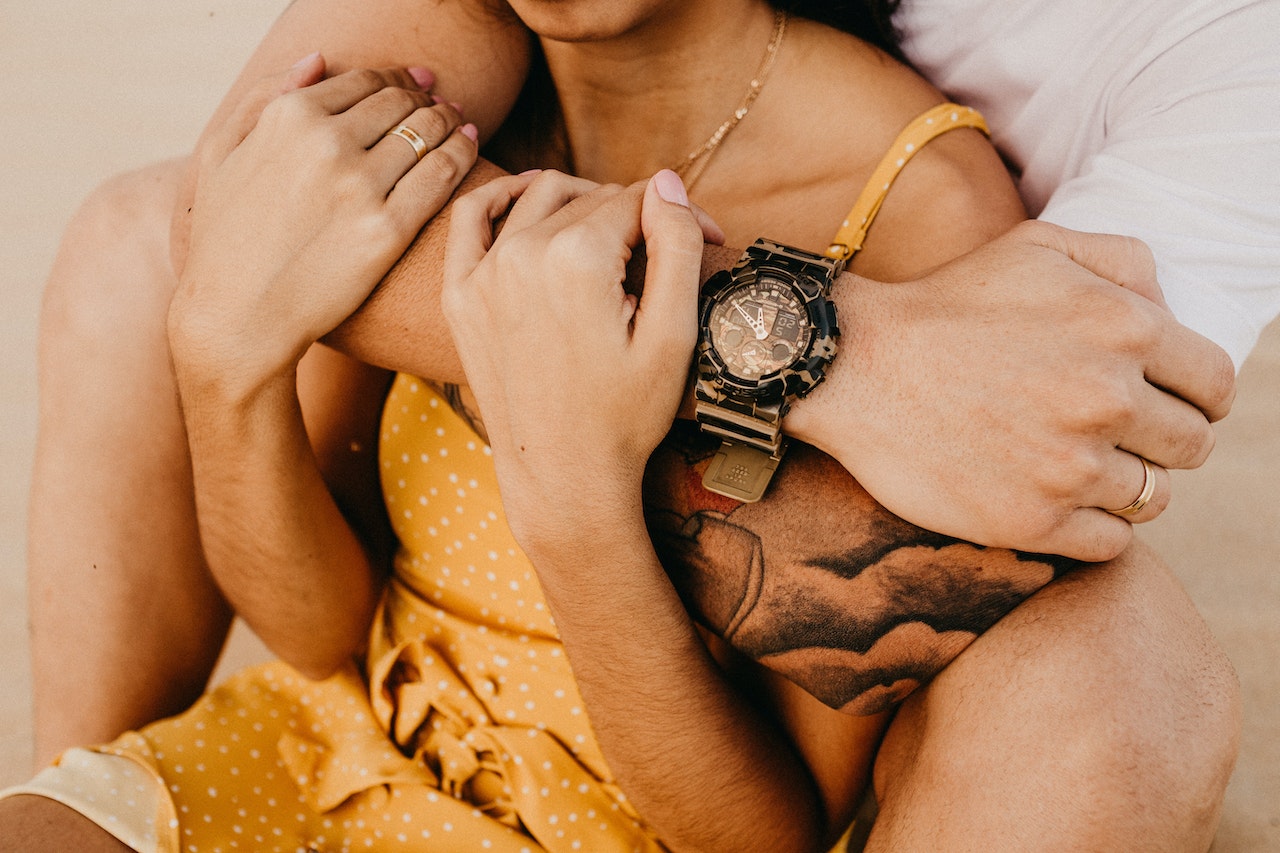Colors have far more than merely an aesthetic purpose in our daily lives, despite what the vast majority of people believe. When you close your eyes and think of a certain color, feelings like love, serenity, joy, and bravery flood over you. Sky blue, sunshine yellow, and a red rose. What if they were always gray? The sky wouldn’t inspire the same sense of peace without color. Or experience the boundless enthusiasm and vitality of a sunny day? Cultural, religious, national, emotional, and psychological markers are all represented by colors.
In honor of Valentine’s Day, I plan to examine the limited palette of hues that signify “love” in various cultures.
Colors of Love
Just as love is a subjective feeling, different colors are used to signify various forms of love, with the hue chosen often being a matter of personal preference.
Red – Romantic Love
It’s likely that the color red is the one that most people think of when they think of love, especially the romantic and passionate kind. Because red is the color of blood, which represents excitement, passion, and sexuality, this is the reason why red is used.
In addition, blood travels via the heart, which is the organ of the human body most commonly connected with the emotion of love. This association arises from the fact that people who are in love typically experience an accelerated heartbeat and rapid pulse. This is the reason why a red heart is frequently used to signify romantic love.
This is said to be ingrained in both sexes by the primal want to start a family. The increased levels of estrogen and progesterone that women experience during ovulation are interpreted by men as a sexual invitation. The increased blood flow during this time causes women to look flushed and crimson. Therefore, men have been socialized to read rosy cheeks as an indicator of sexual interest.
Green – Nurturing Love
Some people believe that green is the color of love. This is not a romantic love, but a more caring, all-encompassing form of love. Green is more commonly connected with nature, growth, and rejuvenation, therefore the accompanying love is similar but more natural.
Green symbolizes the affection shared by friends and family who assist each other flourish and grow into their full potential. Friendship and family love are characterized by their selflessness and willingness to sacrifice for one another. The bond between a pet and its owner, or between humans and the Earth, can also be considered love.

Pink – Compassionate Love
Pink stands for a kind disposition that is both selfless and enduring. It’s a gentle and feminine shade, perfect for conveying the caring character of this relationship. It’s like the pure, soothing heat of white light that softens the intensity of red, which represents passionate love.
Pink can also stand for self-love, which is a very important concept. It’s a happy, carefree shade that makes one think of carefree days in one’s youth. When you wear pink, it’s an indication that you’ve accepted yourself completely, flaws and all.
Purple – Loyal & Selfless Love
While purple’s more prevalent connotations are those of wealth and royalty, it can also be employed as a symbol of love.
It is the more ostentatious but unselfish sort of love language because of the color’s association with dreams and fantasy. It represents a love that is at once self-assured, dramatic, whimsical, sensitive, and lavish. This type of love, despite appearances, is neither excessive nor self-serving. Instead, it is a selfless love that seeks only the happiness of those loved.
The color purple stands for selfless love, the kind that is faithful and brave even when no one else is. This is why the Purple Heart, a medal given to American servicemen who have been seriously injured or died in action, can also be interpreted as a symbol of patriotism.
FAQ: The Different Kinds Of Love

Although romantic love is the type most commonly considered, it is not the sole type of love. Even though all of these relationships share the label “love,” they do not all have the same level of dedication and affection. The Greeks identified seven distinct varieties of romantic affection:
- Eros is romantic love that is driven by sexual desire.
- Friendship, or philia, can be defined as a caring and affectionate relationship between two people.
- Storge is founded on kinship, familiarity, and interdependence; for example, the love between a father and child.
- Agape is the unconditional type of love, motivated by altruism, compassion, and belief in something greater than oneself, such as the natural world or God.
- The ludus personality type is characterized by a preoccupation with play, thrill, and conquering. It’s lighthearted, flirtatious, and not at all obligatory.
- Pragma is a rational affection that is motivated by material gain.
- Philauia, or love for oneself, is synonymous with high self-worth and confidence.
Love, regardless of its form, can have psychological, physiological, and affective effects on its recipients.
